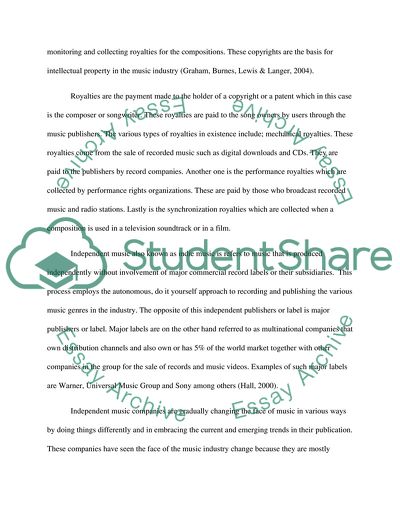Cite this document
(“Developments And Changes Music Over Time Essay Example | Topics and Well Written Essays - 2500 words”, n.d.)
Developments And Changes Music Over Time Essay Example | Topics and Well Written Essays - 2500 words. Retrieved from https://studentshare.org/music/1698173-developments-and-changes-music-over-time
Developments And Changes Music Over Time Essay Example | Topics and Well Written Essays - 2500 words. Retrieved from https://studentshare.org/music/1698173-developments-and-changes-music-over-time
(Developments And Changes Music Over Time Essay Example | Topics and Well Written Essays - 2500 Words)
Developments And Changes Music Over Time Essay Example | Topics and Well Written Essays - 2500 Words. https://studentshare.org/music/1698173-developments-and-changes-music-over-time.
Developments And Changes Music Over Time Essay Example | Topics and Well Written Essays - 2500 Words. https://studentshare.org/music/1698173-developments-and-changes-music-over-time.
“Developments And Changes Music Over Time Essay Example | Topics and Well Written Essays - 2500 Words”, n.d. https://studentshare.org/music/1698173-developments-and-changes-music-over-time.


